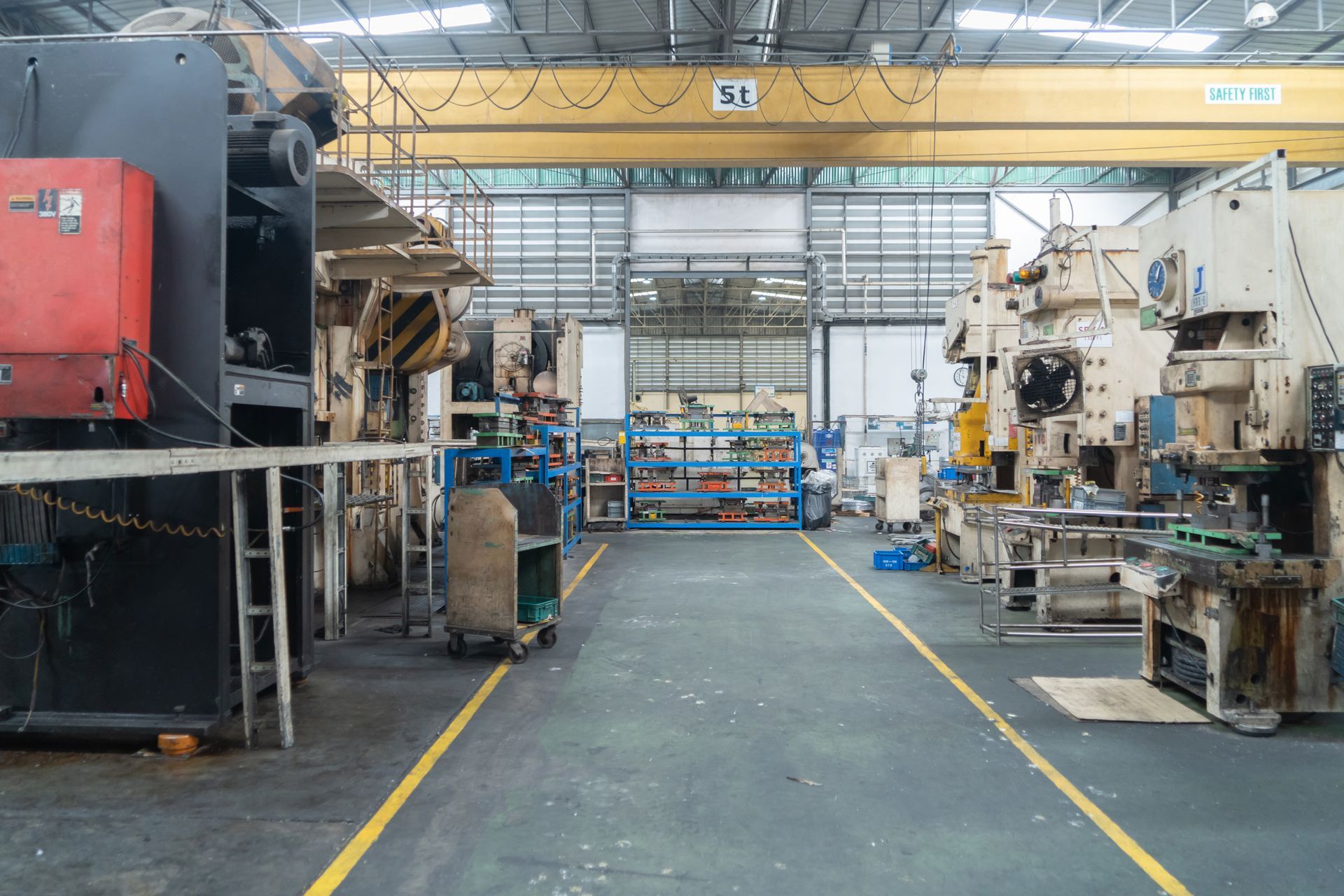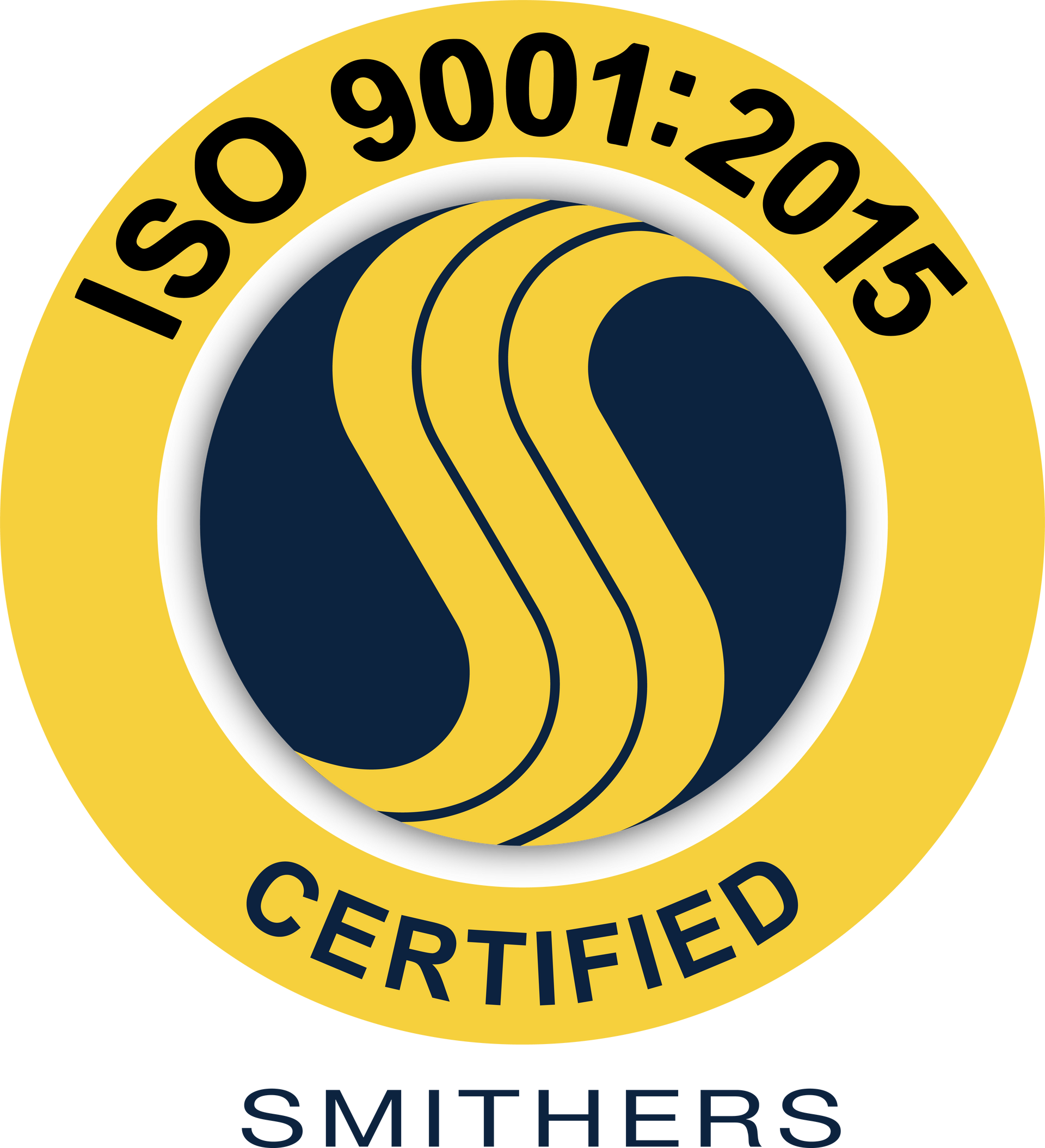Choosing the Right Rubber Material-The Science of Selection: How Elbex Engineers Your Success
Choosing rubber materials can make all the difference for the performance and longevity of your rubber extrusions. The wrong choice can lead to compromised performance and even product failure or costly redesigns – so it’s normal to feel overwhelmed by this decision. Fortunately, with Elbex’s data-driven material selection criteria for specific rubber extrusion applications, you don’t have to leave this chance. Here’s how we help you pick the right materials, every time.
The Guiding Questions: Elbex's Strategic Selection Process
Choosing the right materials largely comes down to asking in-depth questions to understand the application and its operating environment. Our engineers ask critical questions like:
- What will the part’s primary function be?
- What are the application’s temperature requirements (both high and low)?
- Will the part be exposed to specific chemicals or fluids?
- Will the part be located indoors or outdoors (UV, ozone, weather exposure)?
- Does the part need to meet any regulatory requirements, such as food-grade, fire-retardant?
- What is the target cost per part?
The answers to these questions allow us to select the right compound for each extrusion, ensuring optimal performance while still fitting within your budget.
A Closer Look: Key Elastomer Properties & Their Applications
When selecting rubber materials for different applications, we look at their distinct characteristics. For example, durometer (or hardness) directly impacts a material’s sealing and abrasion. You generally want a softer material for better sealing, but harder for durability.
Here’s how some of the most common elastomers compare:
- Silicone rubber: Silicone rubber properties include solid performance in both extremely hot and very cold temperatures, excellent flexibility, and strong UV/weathering resistance. Silicone is often used in high-heat applications, as well as the medical and food industries.
- EPDM rubber: Common EPDM rubber applications include outdoor seals, gaskets, and weatherstripping. This material’s resistance to water, ozone, sunlight, and weathering make it great for outdoor use.
- Neoprene rubber: Neoprene rubber applications can be quite varied thanks to its resistance to oil, heat, and flame. This versatile, all-purpose material is often a good fit for industrial and automotive applications.
- Nitrile rubber: Like neoprene, nitrile rubber applications often include the automotive and manufacturing industries thanks to its excellent resistance to oils, fuels, and many chemicals.
The Elbex Advantage: Expertise at Your Service
Choosing rubber materials is a critical step in any project. With Elbex on your side as a true collaborative partner, you get the unparalleled expertise and guidance you need to make the right choice, every time. Our goal is to empower you with useful information and help you find value-driven solutions that balance your cost and performance needs.
With our material selection criteria for specific rubber extrusion applications, you can have confidence that the final product will meet every performance, cost, and environmental need you have.
Contact us today to get started!






